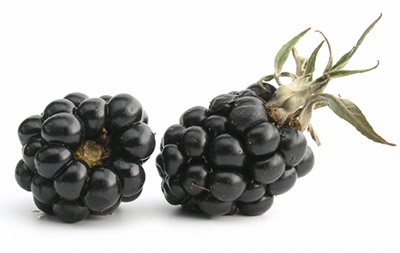 Growing berries for home use can be a rewarding experience. Today, we realize how valuable berry fruits can be to our health and well being. They contain great sources of Vitamin C and antioxidants that improve our lives. Eating different berries like strawberries, raspberries, blueberries, blackberries, gooseberries, currants, and elderberries are a great way to help you stay healthy and they taste great!
Growing berries for home use can be a rewarding experience. Today, we realize how valuable berry fruits can be to our health and well being. They contain great sources of Vitamin C and antioxidants that improve our lives. Eating different berries like strawberries, raspberries, blueberries, blackberries, gooseberries, currants, and elderberries are a great way to help you stay healthy and they taste great!
The first thing you want to do is take a soil sample from the area you want to plant your fruit. You can get a soil sampling bag and a soil sampler auger at the Cooperative County office. (Make sure you return the auger!!) Generally a PH value of 6.0 to 6.5 is good for growing berries and ribes. If your PH is low, you will have to spread some lime to bring your soil into the appropriate range. The best time to spread lime is in the fall before planting. It takes about 6 months for the lime to work as it is slow release.
When you turn your soil sample in with the (provided) cover sheet questionnaire, it will ask questions about what you plan to plant. When you receive the results, they will tell you what and how much you need to add to your soil (i.e. lime for PH, nitrogen, phosphorhous and potassium to grow your particular fruit plant and give you optimum performance in achieving a great crop of fruit).
Planning ahead is always the first step to success. Late summer, early fall prior to planting fruit is the best time to consider working your ground under and planting a cover crop of wheat, rye or rape seed. In early spring you will mow and turn under your cover crop to increase soil health and organic content. Rape seed turned under within 4 hours of mowing will throw off a natural fumigant that will kill soil nematodes, which attack young plant roots–especially in soil that has been in sod for a long time.
Raspberries need to be watered but will not tolerate “wet feet”. It is best to make a raised bed for plants to keep them happy. Beds should be 21/2 foot wide by 6″ high by any length you want. Red raspberries should be planted 18″-24″ apart in row with rows at least 6 feet apart. Black raspberries should be planted at least 24″ apart in row with rows at least 9 feet apart. Plants should be planted 2″ lower than the soil line on bare root plants that can be seen. Roots should be spread and soil tamped with your foot to get all of the air out from around the plant. Plants should also be cut back to about 8″ in height. Water well after planting but do not fertilize for 2 weeks. Use a 10-10-10 mix of fertilizer and spread a band down the row on both sides of plants keeping 4″-6″ away from the plants. A closer application of fertilizer may burn the plants.
Summer raspberries need to be trellised by wire or string. They also need to be pruned back when they reach a height of around 38″-42″. Pruning back will encourage lateral shoots that will produce next year’s fruit. Remember… let the plants grow about 4″- 6″ higher than pruning height before pruning. Laterals should be left alone and only pruned in late March to about 12″ long. This will allow for some winter damage and will produce larger berries.
Black raspberries will grow from the plant base and will not fill in the bed space between plants like red raspberries.
Blackberries are grown in the same way except plants are spaced 3ft. apart in the row with 9ft. between rows. Plant height should be kept to 48″ to 60″ in home gardens. Top plants when they reach 6″ higher than this height. You will do this 3-4 times during the season as the plants grow at different times. Again, don’t prune laterals until March to allow for winter danger, etc. P.S. Laterals may grow as long as 6ft.
Insect pressure during the summer may make spraying a factor for you to deal with. You can use insecticidal soaps and oils to relieve pest pressures. You can also use sticky cards as traps. If you have the time, you can walk along and handpick Japanese beetles off and throw them into a bucket of vinegar or bleach. NOTE: Do not mix these products!
We spray lime sulphur in March to kill scale on plants. Make sure to thin out rows of raspberries to about 6 canes per linear foot. By doing this, you will get bigger berries and less disease.
Always, more to come…!
